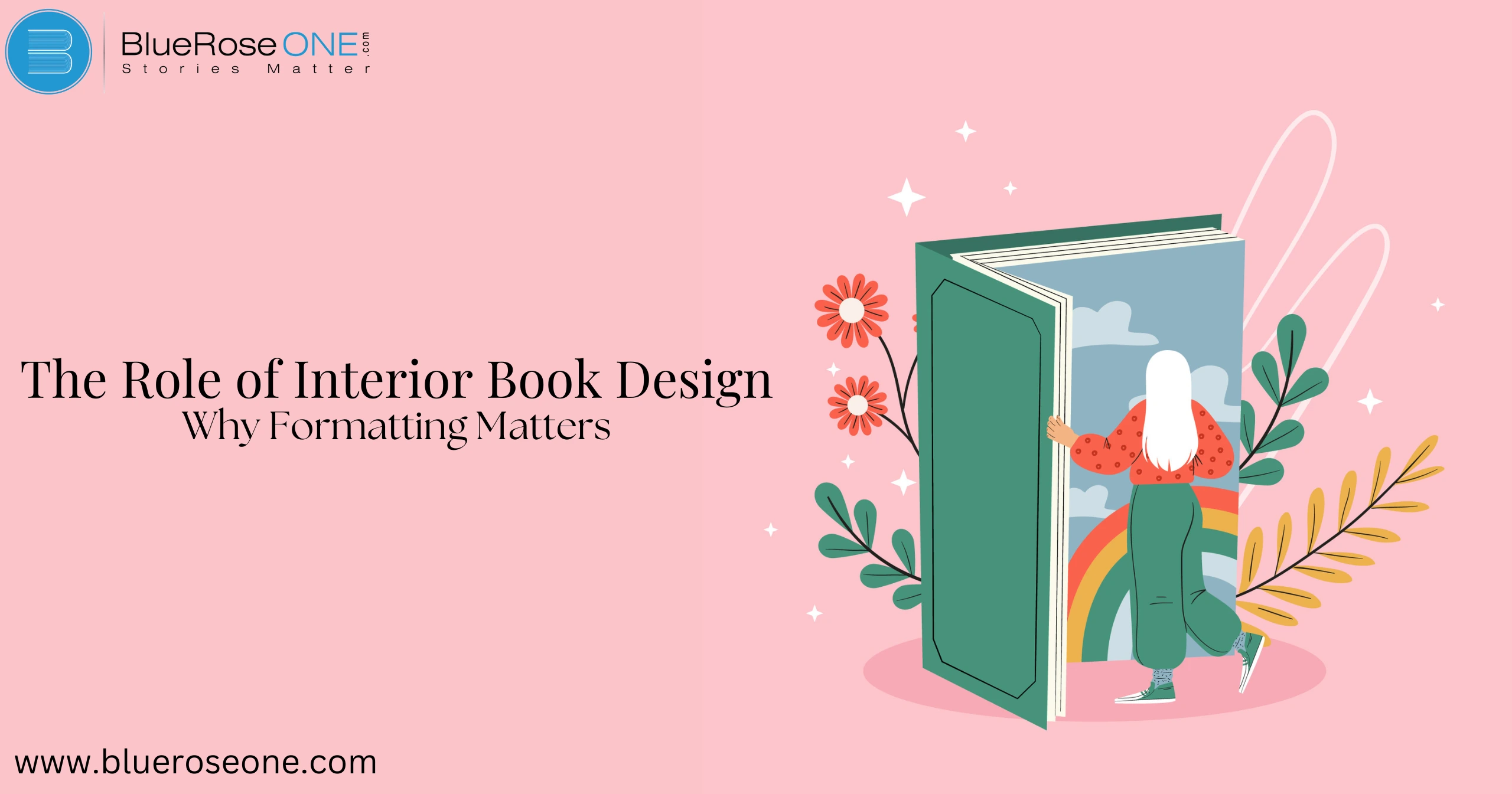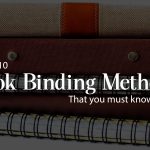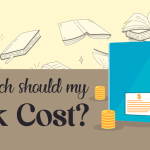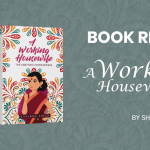When people think of book design, they frequently consider the cover. But how about the inside of the book? Interior book design is essential to the reading experience, ensuring that the text is clear, well-structured, and visually appealing. A poorly styled book can make reading difficult, but a well-designed layout improves readability, engages readers, and adds a professional touch.
What is Interior Book Design?
Interior book design relates to how text, illustrations, and other materials are organized within a book. It addresses everything from font selection and margins to paragraph spacing and chapter titles. Unlike cover design, which attracts readers in, interior formatting guarantees that they are engrossed in the content.
Why Formatting Matters in a Book
A well-formatted book isn’t just about aesthetics—it significantly impacts how readers engage with the content. Proper formatting:
- Improves readability – Makes it easier for readers to follow the text.
- Enhances visual appeal – A neatly designed layout looks professional.
- Establishes credibility – Poor formatting can make a book look amateurish, while good design builds trust with readers.
You may also read: Scrivener vs. Microsoft word: Which is the best writing tool for you?
Key Elements of Interior Book Design
Typography is one of the most critical elements of book formatting. The right font can make reading effortless, while the wrong one can strain the eyes.
- Serif fonts (e.g., Times New Roman, Garamond) – Commonly used for printed books due to their readability.
- Sans-serif fonts (e.g., Arial, Helvetica) – More suitable for digital books and online content.
Line Spacing and Margins
- Proper line spacing prevents text from feeling crowded and overwhelming.
- Adequate margins provide space for the eyes to rest, improving readability
Paragraph and Indentation Styles
- Block paragraphs (with space between paragraphs) are standard for nonfiction and digital books.
- Indented paragraphs (with no extra spacing) are commonly used in fiction.
Headers, Footers, and Page Numbers
- Consistent headers and footers help readers navigate the book.
- Page numbering should be formatted differently for print and ebooks to avoid awkward placements.
Chapter Headings and Section Breaks
- Bold or stylized headings can improve navigation.
- Asterisks (*), line breaks, or decorative elements can indicate scene transitions.
Use of Images, Tables, and Graphics
- Proper alignment ensures images don’t disrupt text flow.
- High-resolution images are essential for print books, while optimized files reduce loading issues in ebooks.
You may also link: Atticus Review: Features, Pros, Cons and Pricing

Formatting Differences in Print vs. Digital Books
Print books
Print books require a well-structured interior book design to provide reading and a professional appearance. The margins, line spacing, font size, and page numbers must all be constant throughout the book. Print formatting also comprises headers, footers, and precise text alignment, which contribute to a visually appealing layout. Unlike digital books, print editions must account for gutter margins (the space around the book’s spine) to prevent text from becoming lost in the binding.
Ebooks
In contrast to print books, which have fixed layouts, ebooks require a flexible internal book design that adjusts to multiple screen sizes. Fonts, spacing, and images must be reflowable, allowing readers to change the size and appearance of the text. Page numbers do not work in the same way, and hyperlinks substitute traditional footnotes. While print books value perfect margins and typography, ebooks prioritize readability across all devices. Proper formatting enables a seamless reading experience in both formats.
You may also read: How to Publish a Book? | Publish Your Book | BlueRoseOne
Common Formatting Mistakes to Avoid
Inconsistent fonts: Using uneven fonts in your interior book design can make it appear unprofessional and difficult to read. Switching between numerous typefaces or font sizes and styles without a clear purpose might confuse readers and disrupt the flow of your material. To preserve a professional and consistent appearance, use a major font for body text and a complementary font for header. Typographic consistency improves readability and creates a more seamless reading experience.
Poor justification: Inconsistent or incorrect text justification can make a book difficult to read. Poor justification causes uneven spacing between words, resulting in distracting gaps or cramped text. Full justification should be used with caution in interior book design to retain readability, but left-aligned text is generally better suited to specific genres. Using hyphens and changing spacing settings might help you achieve a professional appearance. A well-justified arrangement promotes a pleasant reading experience and improves the book’s overall appearance.
Overuse of decorative fonts
Using too many beautiful typefaces in interior book design might make the text difficult to read and draw attention away from the substance. While elegant typefaces are visually appealing, they are best used for chapter titles or special parts. For body text, simple and professional typefaces such as Times New Roman or Garamond provide readability. A chaotic combination of fonts might make the book appear amateurish, thus a consistent and clean typographic approach is required.
You may also like: What is Ghostwriting? A Complete Guide for Beginners
Tools and Software for Interior Book Design
Adobe InDesign – Industry-standard for professional formatting.
Vellum – Popular among self-published authors for easy formatting.
Scrivener – Great for structuring manuscripts but requires additional formatting.
Microsoft Word & Google Docs – Suitable for simple formatting but may not meet professional publishing standards.
Professional Formatting vs. DIY Formatting
Hiring a professional: Hiring a professional for inside book design guarantees that the arrangement is polished and easy to read. Experts understand font, spacing, and alignment, so your book will look professional in print and digital versions. They also manage technical aspects such as margins, page numbering, and font selection, which might be difficult for beginners. While DIY formatting tools exist, they may not be as precise. Investing in a professional can help improve your book’s readability and presentation.
DIY formatting: DIY formatting enables authors to fully customize their internal book design with programs such as Vellum, Scrivener, or Microsoft Word. While this method saves money, it takes time and attention to detail to guarantee precise margins, font uniformity, and spacing. Mistakes in DIY formatting can cause readability concerns and an unattractive appearance. Professional formatting, on the other hand, guarantees a polished layout, making the book more appealing and easier to read, thereby improving the reader’s experience.
You may also read: The Pros and Cons of Print-on-Demand Publishing
The Impact of Interior Book Design on Reader Experience
Interior book design influences the reader’s experience by assuring clarity, readability, and visual appeal. Well-structured formatting, such as appropriate font selection, line spacing, and margin alignment, makes the material simpler to read and increases engagement.
Consistent chapter titles, page numbers, and space promote a seamless flow and reduce distractions. Poorly designed interiors, such as cramped language or inconsistent styles, can annoy readers and impair understanding. A professional Interior Book Design not only enhances accessibility but also boosts the book’s legitimacy, making it more appealing and polished. Well-formatted books keep readers engaged with the tale or substance.
Conclusion
Interior book design is just as important as the cover. Proper formatting enhances readability, maintains professionalism, and improves the reader’s experience. Whether you format your book yourself or hire a professional, prioritizing a clean, well-structured layout is essential for success.





![Top 15 Best Post Apocalyptic Books You Must Read in [2025 Update]](https://blueroseone.com/publish/wp-content/uploads/2025/06/Top-15-Best-Post-Apocalyptic-Books-You-Must-Read-in-2025-Update-150x150.webp)










